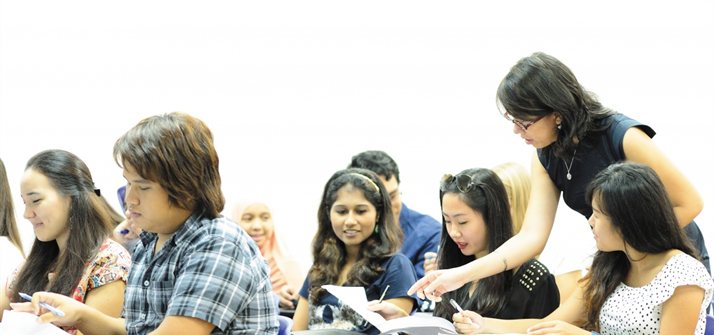
March 20, 2017, by Tony Hong
Chinese Students and Western Teachers: Reflections on Practice
By Daryl Johnson,
School of English.
As the number of Chinese students attending foreign HE institutions continues to grow (89,540 in 2014-2015 up from 87,895 in 2013-2014, UKCISA), the same kinds of frustrations experienced by their lecturers and seminar leaders appear to have persisted. A relatively unanimous consensus amongst Western teachers of Chinese students is that these particular learners have specific kinds of classroom behaviours that pose challenges to their most commonly used teaching methods. Complaints amongst these teachers often centre around Chinese students being reticent and not actively participating in classroom discussions (“how do I get them to give their opinion?”), requiring too much guidance from their teachers (“how do I get them to become better independent learners?”) and not demonstrating an ability to think critically (“how can I help them to adopt a critical stance rather than repeating what was covered in lectures?”) The teachers in question are often adhering to pedagogical principles that do not gel with those understood and valued by their Chinese students, though certainly neither group is at fault. These pedagogical practices are considered culturally ingrained into Western educational discourse, and are seemingly inherently valuable. Therefore, restrictions on their use are considered detrimental in a number of ways. It seems worthwhile at this point to ask why there has been so little change amongst the attitudes of educators and administrators in British HE institutions. Is the insistence on the methods commonly adopted by the UK’s lecturers and administrators justified? Conversely, is this adherence genuinely detrimental to the education received by Chinese students?
Over the past three decades, there has been a proliferation of research investigating these teachers’ and learners’ experiences of British HE with the aim of generating awareness and offering suggestions to pedagogical practice. It is not a cynical position to suggest that this has had an economic motivation. For a comparison of the statistic cited above, the second largest group of non-EU international students studying in the UK came from India and totalled 18,320 for the 2014-2015 period (UKCISA). British education is a growing industry and Chinese students clearly represent a huge cash injection to institutions that are receiving less and less government subsidy. Despite this, some have argued that a change to teaching methods would be a symbolic pandering of sorts, and representative of a drop in teaching quality and standards that Chinese students are paying a premium to receive. However, I would assert that such a position is reflective of an ideology of superiority and a one-way transfer of specific skills that are considered useful and valuable. When we consider how there are explicit and implicit lessons taking place in all classrooms that are reinforced by participation in discursive practice, do Chinese students and their means of participation really have nothing to offer in an increasingly globalising world?
I would argue that these conflicts are the result of what occurs when we continue to think in such generalised terms: “Chinese students”, “Western teachers”, what it means to receive a “Western education”. Though once again, no single group is at fault and nor can one aspect of this situation be considered solely responsible. Perhaps we should being asking whether our classrooms should be spaces of regular if not constant change and negotiation? If the themes of globalisation and post-colonialism teach us anything, is it not the need to avoid acts of privileging and exclusion but to make space for all forms of thought and knowledge production?
No comments yet, fill out a comment to be the first

Leave a Reply